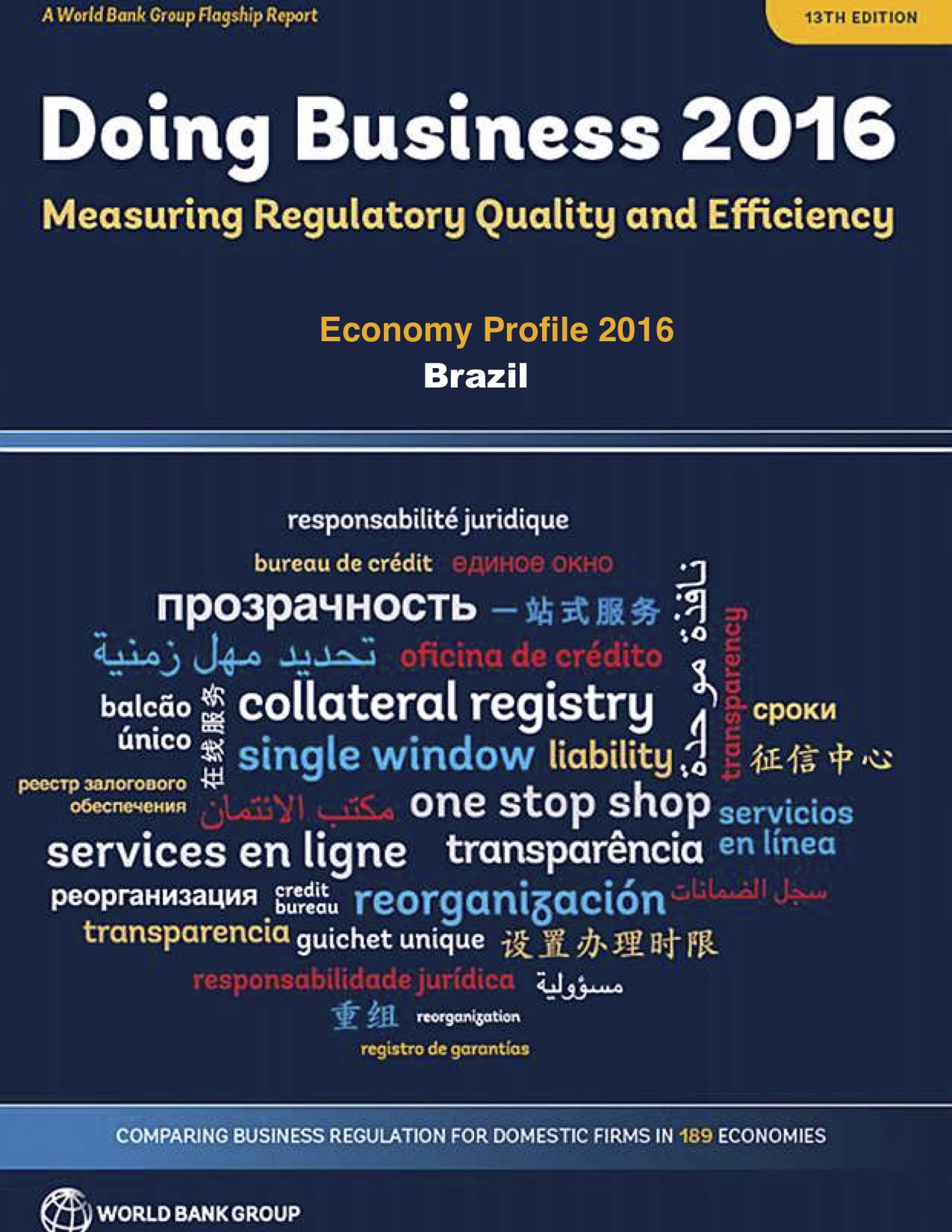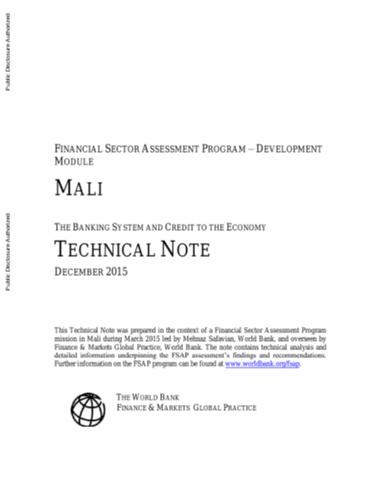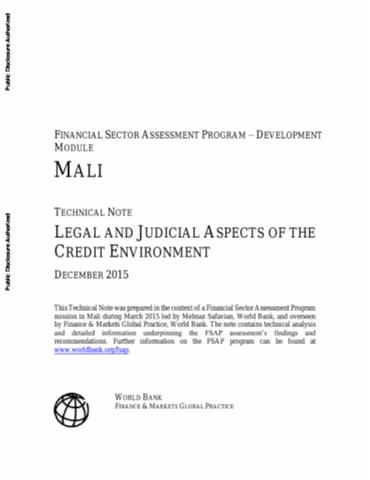Egypt Disaggregated Social Accounting Matrix, 2010/11
This data study includes disaggregated social accounting matrix (SAM) for the Egyptian economy for year 2010/11. This new SAM builds on the previous SAM 2010/11 built and published by Central Agency for Public Mobilization and Statistics (CAPMAS) with the support of the International Food Policy Research Institute (IFPRI). This SAM was constructed with a special focus on the agriculture sector and on income distribution amongst households.










